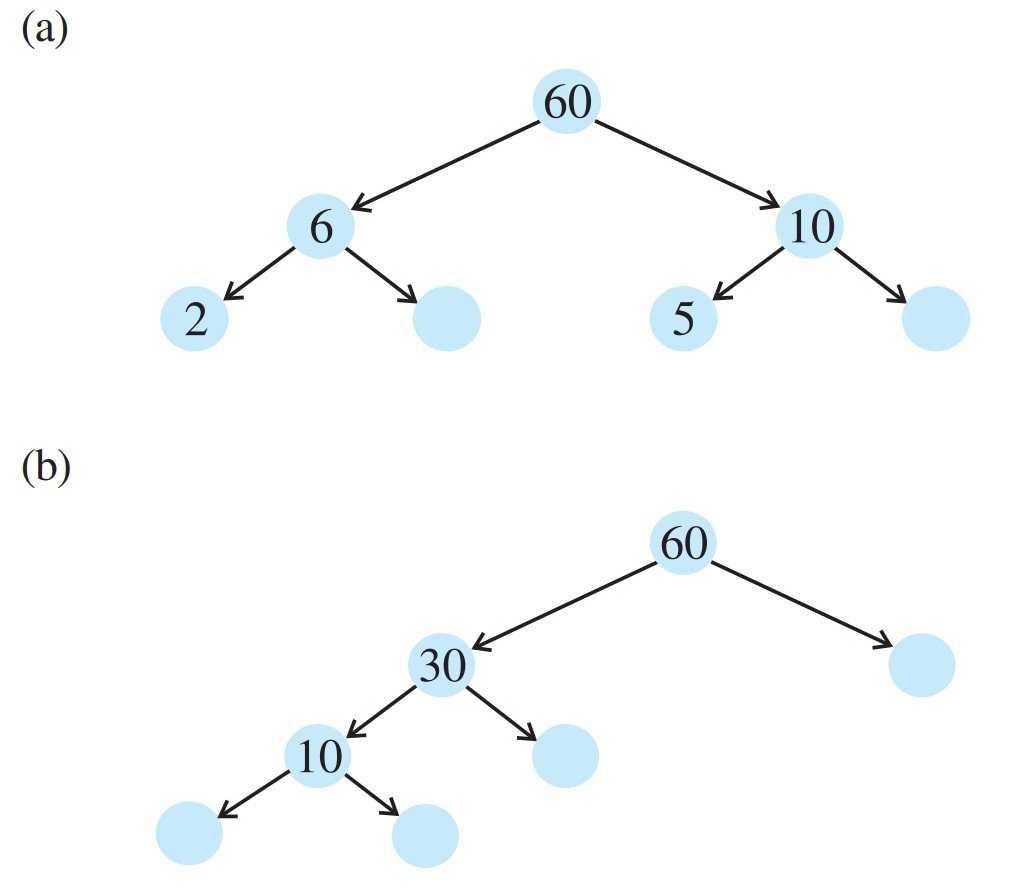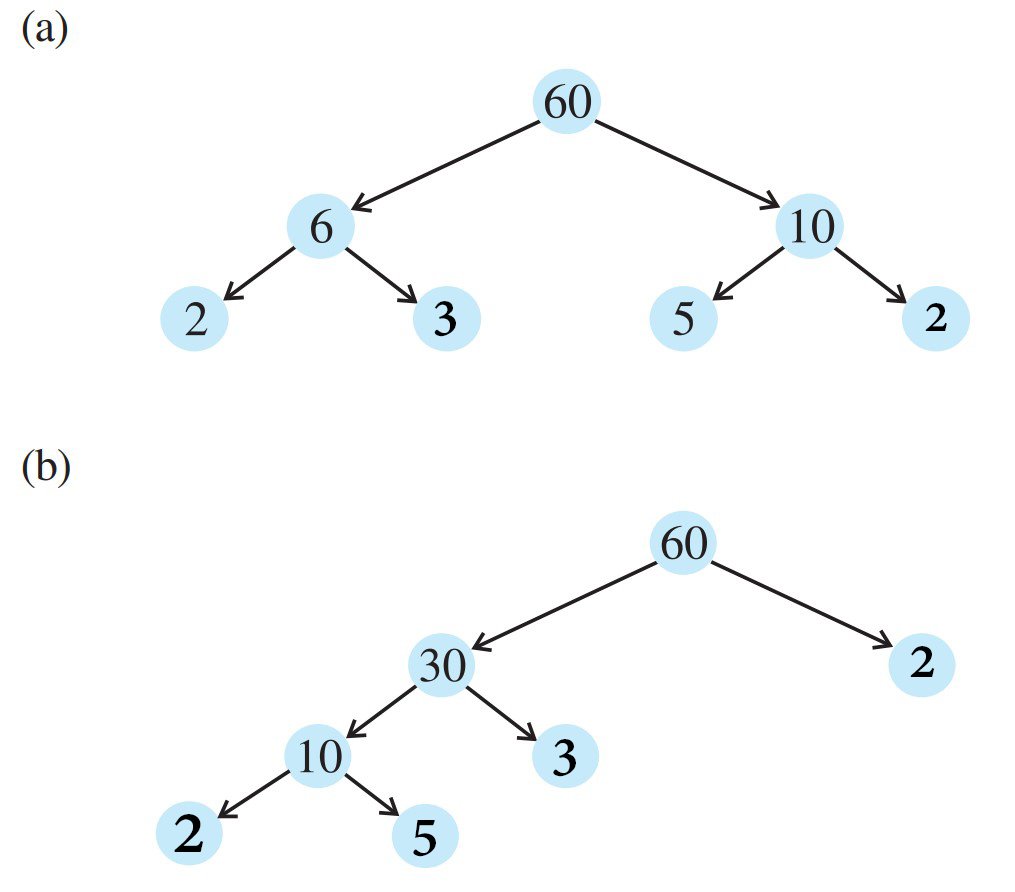NCERT Class 6 Math Exercise 3.5 Solution of Chapter 3 Playing with Numbers with explanation. Here we provide Class 6 Maths all Chapters in Hindi for cbse, HBSE, Mp Board, UP Board and some other boards.
Also Read : – Class 6 Maths NCERT Solution
NCERT Class 6 Maths Chapter 3 Playing with Numbers Exercise 3.5 Solution in english Medium.
Class 6 Math Chapter 3 Exercise 3.5 Solution
Q1. Here are two different factor trees for 60. Write the missing numbers.

Ans.

Q2. Which factors are not included in the prime factorisation of a composite number?
Ans. 1 and the number itself are the factor which is not included in the prime factorisation of a composite number.
Q3. Write the greatest 4 digit number and express it in terms of its prime factors.
Ans. The greatest 4 digit number = 9999
The prime factors of 9999 are 3x3x11x101.
Q4. Write the smallest 5 digit number and express it in terms of its prime factors.
Ans. The smallest five digit number is 10000.
The prime factors of 10000 are 2x2x2x2x5x5x5x5.
Q5. Find all the prime factors of 1729 and arrange them in ascending order. Now state the relation, if any between , two consecutive prime numbers.
Ans.
Prime factors of 1729 are 7x13x19.
The difference of two consecutive prime factors is 6.
Q6. The product of three consecutive numbers is always divisible by 6. Verify this statement with the help of some examples.
Ans.
Among the three consecutive numbers, there must be one even number and one multiple of 3. Thus, the product must be multiple of 6.
Example: 2x3x4 = 24.
4x5x6 = 120.
Q7. The sum of two consecutive odd numbers is always divisible by 4. Verify this statement with the help of some examples.
Ans.
3 + 5 = 8, is divisible by 4.
5 + 7 = 12, is divisible by 4.
7 + 9 = 16, is divisible by 4.
Q8. In which of the following expressions, prime factorisation has been done:
A. 24 = 2x3x4
B. 56 = 7x2x2x2
C. 70 = 2x5x7
D. 54 = 2x3x9
Ans.
In expressions B and C, prime factorisation has been done.
Q9. 18 is divisible by both 2 and 3. It is also divisible by 2×3 = 6. Similarly, a number is divisible by both 4 and 6. Can we say that the number must also be divisible by 4×6 = 24? If not , give an example to justify your Answer.
Ans.
No.
Number 12 is divisible by both 6 and 4 but is 12 is not divisible by 24.
Q10. I am the smallest number, having four different prime factors. Can you find me?
Ans.
The smallest four prime numbers are 2, 3, 5 and 7.
Hence, the required number is 2x3x5x7 = 210.